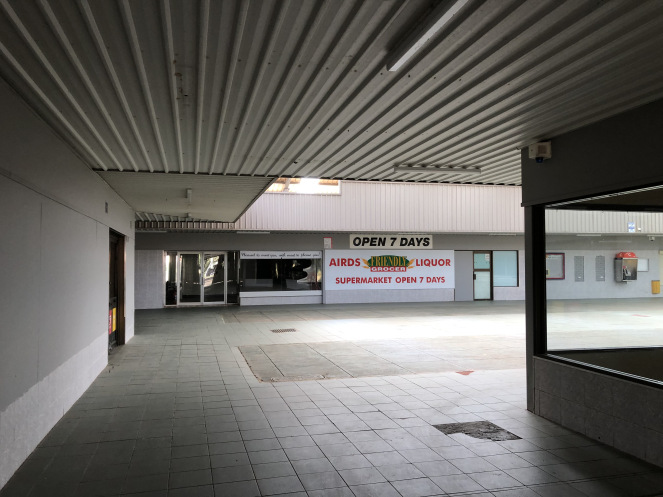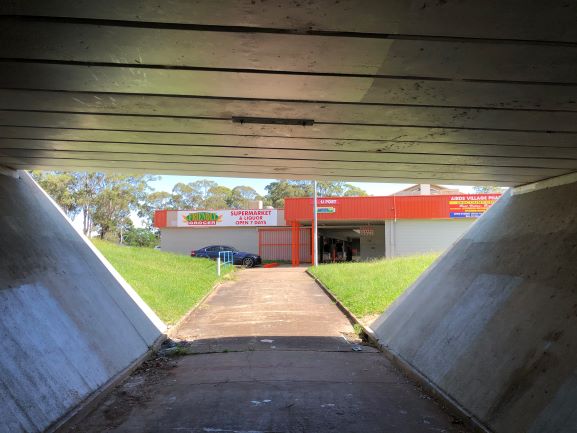
The imminent demolition of the Airds shopping mall, writes local historian and author IAN WILLIS, is a sad indictment of the dreams of many and the ultimate demise of the 1970s Macarthur Growth Centre project.
The shopping mall is an example of urban decay in the middle of our local suburbia.
It is a failure of modernism and the town planning utopia of city based decision makers.
The decay at Airds is not unusual and is symbolic of larger trends in global retailing.
But the current dismal state of affairs hides the fact that in the mid-20th century there was great hope and optimism by Campbelltown’s civic leaders for the area’s development and progress as a satellite city.
Local confidence saw the construction of the 1964 modernist council chambers and in 1968 the declaration of city status as well as the electrification of the railway line.
Influenced by the British New Town movement, the city was incorporated in the State Planning Authority of NSW’s 1973 New Cities of Campbelltown Camden Appin Structure Plan. This later became the Macarthur Growth Centre administered by the Macarthur Development Board.
Airds was one of several “corridor’’ suburbs of public housing that followed the American Radburn principles.
The Airds shopping centre was built as part of the 1975 Housing Commission of NSW subdivision of Kentlyn, which was renamed Airds in 1976.
The Radburn principles were applied to five public housing estates that were developed by the Housing Commission of NSW in the Campbelltown area between 1972 and 1989.
The other four estates were Macquarie Fields, Claymore, Minto and Ambarvale.
The design concept originated from the town of Radburn in New Jersey in 1928 and reflected the optimism of American modernism around the motor car and consumerism.

Houses were developed back-to-front, with the front of the house facing a walkway or green open space and the back door facing the street. This meant that there was a separation of pedestrians and cars, with a large communal open area centred on the walkways between the rows of houses. This resulted in a streetscape consisting of rows of high blank fences enclosing backyards.
The suburb of Airds, and other Campbelltown public housing estates, started off with grand plans that evaporated over time due to changes of government, cost cutting, abolition of government instrumentalities and neglect.
This resulted in a watered down Radburn vision.
The public housing estates did have extensive open space, which was true to Radburn principles.
The tracts of open space became wastelands of neglect and vandalism.
Back lanes and streets were isolated, lacked security and resident surveillance and were characterised by dumped rubbish and graffiti.
The estates were populated with high numbers of single parent families who suffered from high levels of social exclusion, unemployment, and low incomes.
Contributing factors included poor surveillance of the street by residents because of high rear fences fronting the street, anti-social behaviour along the walkways and open space areas and the low socio-economic status of residents.
The failure of the Radburn scheme was finally recognised by the authorities in the early 2000s.
They acknowledged that the design was unsuitable for concentrated public housing estates and that it created confusing neighbourhoods with unsafe walkways, poor car access and poor surveillance of areas of open space.
The poorly constructed housing stock became run down and dilapidated and in Airds it was reflected in the shopping mall from the mid-1970s.
These failures were acknowledged in 1995 with the state government’s public housing renewal projects and their de-Radburnisation through the Neighbourhood Improvement Program.
- This article first appeared in Camden History Notes.
